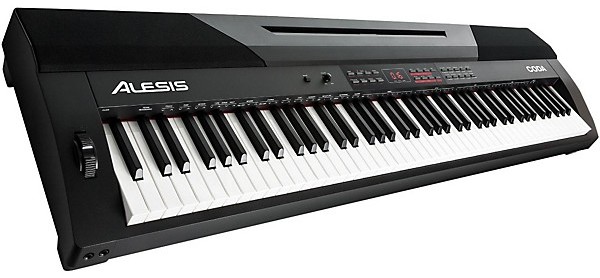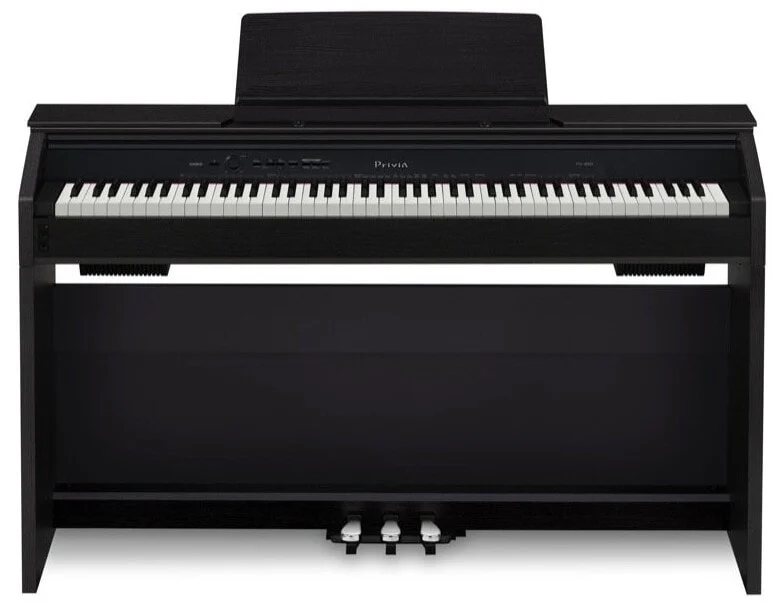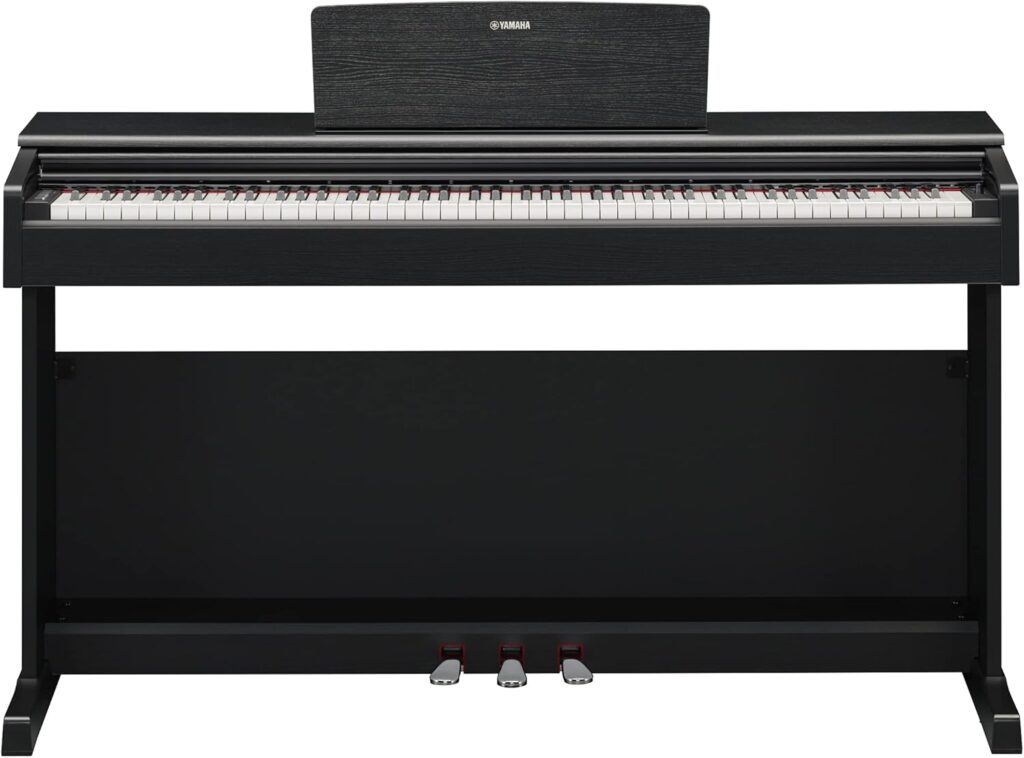Upright pianos have long been the go-to choice for pianists who want full acoustic sound without the size or cost of a grand. Whether you’re furnishing a music room or just want a beautiful instrument in your living space, upright pianos offer powerful tone, a compact footprint, and timeless style.
In this guide, we review some of the best upright pianos for home use—from budget-friendly to pro-level models—so you can find the perfect fit for your home and your musical goals.
1. Yamaha U1 – The Benchmark for Uprights
Why it’s a favorite:
The Yamaha U1 is considered the gold standard in upright pianos. It’s used in music schools, homes, and studios around the world.
Key Features:
- 48” height
- Rich, resonant tone
- Outstanding key action
- Built for long-term durability
Best for: Intermediate to advanced players who want a high-quality, reliable piano that will last decades.
2. Kawai K-300 – Warm Tone, Responsive Touch
Why it stands out:
The K-300 is often compared to the Yamaha U1 but offers a slightly warmer tone and unique action feel thanks to Kawai’s composite key mechanism.
Key Features:
- 48” cabinet
- Millennium III carbon composite action
- Excellent touch response
- Great sound in small to medium rooms
Best for: Pianists who value touch sensitivity and slightly mellow tone.
3. Boston UP-118 – Designed by Steinway
Why it’s special:
The Boston line, created by Steinway & Sons, offers premium tone and design at a more accessible price point.
Key Features:
- 46.5” height
- High-quality woods and materials
- Wide dynamic range
- Elegant, traditional look
Best for: Home players who want near-Steinway tone without grand piano size or cost.
4. Essex EUP-123 – Stylish, Powerful, Affordable
Why it’s worth considering:
Also designed by Steinway, the Essex offers impressive craftsmanship, consistent tone, and a refined cabinet design.
Key Features:
- 48” upright with solid tonal projection
- Durable wood and finishes
- Balanced action
- Decorative elements for home appeal
Best for: Style-conscious homeowners and intermediate players.
5. Yamaha B2 – Budget-Friendly Without Sacrificing Quality
Why it delivers value:
The B2 brings Yamaha reliability to a more affordable range. Slightly smaller than the U1, but still very playable for all levels.
Key Features:
- 44.5” height
- Clean, focused tone
- Simple cabinet design
- Great for small rooms
Best for: Students, beginners, and families on a tighter budget.
6. Pearl River EU122 – Impressive Entry-Level Pick
Why it’s underrated:
Pearl River is the world’s largest piano manufacturer, and the EU122 model offers surprising performance at a mid-level price.
Key Features:
- 48” traditional upright
- Balanced tone and touch
- Solid spruce soundboard
- Strong cabinet build
Best for: Beginner to intermediate players wanting acoustic tone on a budget.
7. Ritmüller UH121R – Traditional European Warmth
Why it’s a gem:
Ritmüller pianos blend German design and Asian manufacturing, giving you a warm, expressive tone that’s rare at this price.
Key Features:
- 47.5” tall
- Romantic tone suited for classical and jazz
- Elegant cabinet with curved legs
- Responsive action
Best for: Classical players and anyone drawn to vintage-style sound.
8. Wilh. Steinberg P121 – German-Inspired Touch and Tone
Why it’s premium:
Designed in Germany, this upright feels smooth and powerful, delivering a premium feel without the size of a grand.
Key Features:
- 48” cabinet
- Wide soundboard for bold tone
- Beautiful resonance
- Sleek, high-end design
Best for: Advanced players or serious learners with refined taste.
9. Petrof P118 – Handcrafted European Craftsmanship
Why it’s luxurious:
Petrof pianos are hand-built in the Czech Republic. Their uprights are known for refined tonal character and stunning finishes.
Key Features:
- 46.5” cabinet
- Rich, warm European voice
- Elegant, traditional casework
- Smooth, even key response
Best for: Discerning players looking for a long-term investment in craftsmanship and tone.
Conclusion
Upright pianos are more than just space-savers—they’re powerful, nuanced instruments capable of expressing emotion and bringing music into everyday life. From Yamaha’s trusted durability to Steinway-backed models like Boston and Essex, you have no shortage of high-quality choices.
When choosing an upright piano for your home, consider:
- Your skill level
- Room size and acoustics
- Tone preference (bright vs. warm)
- Aesthetic and cabinet design
- Long-term playability
No matter which model you choose, a well-crafted upright will serve you faithfully for years—and make your home a place where music lives.
FAQs
- What’s the difference between a console piano and a studio upright?
Studio uprights are usually taller (45”–52”) and offer better sound projection. Consoles are shorter and often more decorative. - Do upright pianos need regular tuning?
Yes. Like all acoustic pianos, uprights should be tuned at least once or twice a year to maintain pitch and sound quality. - Are used upright pianos worth it?
They can be! But always have a technician inspect it for soundboard cracks, tuning pin integrity, and overall condition. - What’s better for small homes—upright or digital?
Digital is easier for small spaces, but a slim upright can fit well in many homes and delivers real acoustic tone.
How long does a good upright piano last?
With proper care and maintenance, an upright can last 40–60 years or longer



